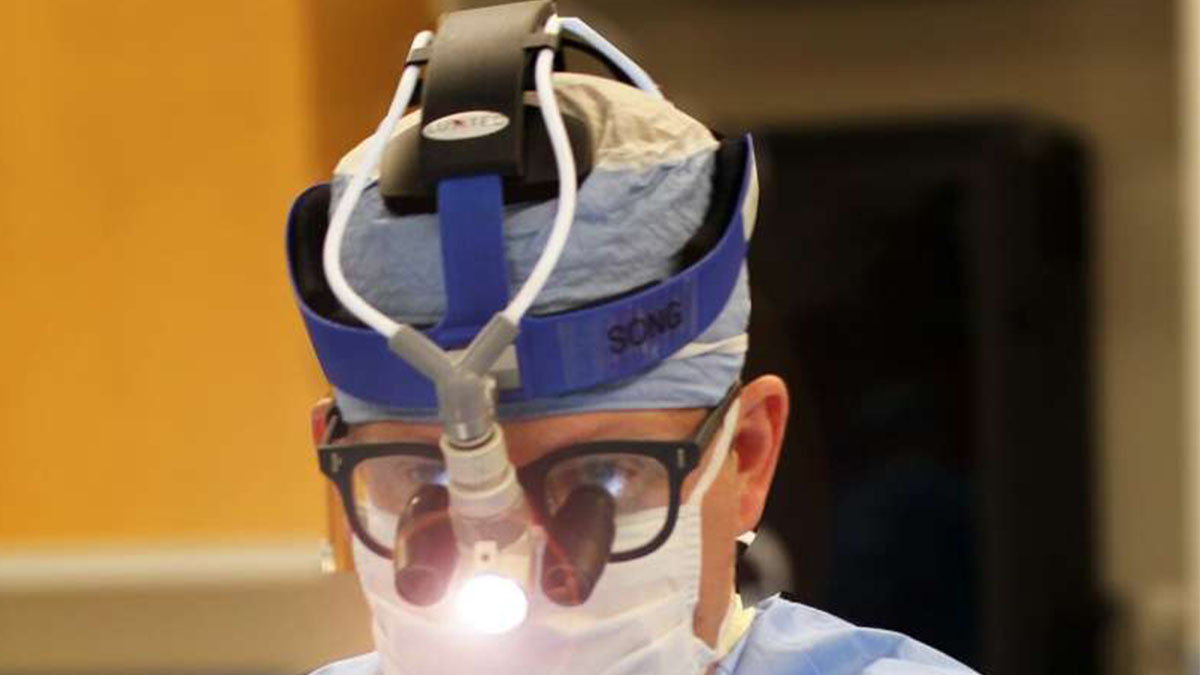
With advances in artificial intelligence and robotics, we may be on the cusp of a revolution in surgical procedures. A recent paper published in Science Robotics discusses how AI-driven robots could soon support surgeons in ways that enhance precision and efficiency, helping to improve patient outcomes. This concept, referred to as “Augmented Dexterity,” allows robots to assist with complex tasks like suturing under the guidance of human surgeons. Here’s a closer look at how this could reshape the field of surgery.
The Role of Robots in Modern Surgery
Surgeons are already using robotic systems for minimally invasive procedures, where robots perform precise, small-scale tasks with high accuracy. These robots follow commands dictated by the surgeon, making surgery less invasive and often allowing for quicker recovery times for patients. While current robotic systems are mostly controlled manually, recent developments suggest a more collaborative future, where AI-enhanced robots could assist with highly dexterous tasks, guided by real-time adjustments from human surgeons.
What Is Augmented Dexterity?
“Augmented Dexterity” is a new approach where AI-driven robots assist human surgeons by enhancing their precision and skill. In the future, this could work by enabling a robot to plan and visualize its intended maneuvers through digital imaging, which the surgeon would then review, edit, and approve. This augmented approach could allow robots to assist with tasks that require fine motor skills, like suturing or tissue removal, where even minor errors can affect patient recovery.
Key Features of Augmented Dexterity:
- Digital Planning: Robots create digital overlays of surgical plans on live images of the surgical field.
- Human Oversight: Surgeons retain control, reviewing and approving each step to ensure safety.
- Enhanced Precision: Robots could assist with highly intricate tasks, reducing the likelihood of errors.
Benefits of Augmented Dexterity in Surgery
Augmented Dexterity holds the potential to improve outcomes for both patients and surgeons. Here are some of the main benefits:
- Improved Precision: AI-enhanced robots could assist with delicate tasks, reducing human error.
- Consistency in Skill: This technology could help surgeons of varying experience levels perform with high precision.
- Enhanced Learning: Less experienced surgeons could develop skills more quickly by working alongside AI that offers structured assistance.
- Reduced Recovery Time for Patients: Smaller, more precise incisions could reduce recovery time and minimize complications.
Ken Goldberg, an engineering professor at UC Berkeley, and Gary Guthart, CEO of Intuitive Surgical, highlight that the potential for AI-driven Augmented Dexterity is significant: “Augmented Dexterity has the potential to elevate good surgeons to the level of the best surgeons, which could support faster and more reliable surgery.” This technology would not replace human skill but would help enhance it.
Applications of Robotic Assistance in Surgery
Several specific surgical tasks could benefit from Augmented Dexterity, making procedures smoother and more effective. Some examples include:
- Suturing: High-precision suturing is critical in many surgeries, and AI-driven robots could make stitches more accurately than human hands alone.
- Debridement: Removing damaged tissue requires delicate handling, where robotic precision could be invaluable.
- Telesurgery: With the ability to remotely guide robotic systems, skilled surgeons could potentially perform surgeries on patients across the world.
The potential for telesurgery is particularly exciting, as it could provide access to high-quality surgical care in remote locations. A system like this could allow surgeons to transfer control of a robot to another expert, facilitating collaborative surgeries that otherwise would be limited by geographical barriers.
Current Development and Future Prospects
While Augmented Dexterity is not yet available in operating rooms, companies like Intuitive Surgical are taking steps to develop these advanced capabilities for their robotic systems, including the da Vinci surgical system. Though still in development, these advancements indicate that AI-augmented robots could be a part of everyday surgical practices in the not-so-distant future.
Challenges and Considerations
Introducing AI-enhanced robots in surgery will require addressing some challenges:
- Safety and Reliability: Ensuring that robots perform consistently and accurately is critical, as even minor errors can have severe consequences.
- Training for Surgeons: Surgeons will need to understand and trust these systems, so extensive training and familiarization with AI-driven robots will be essential.
- Ethics and Oversight: Clear guidelines and oversight will be needed to govern the roles of AI and human surgeons in surgery.
Conclusion: A New Era in Surgical Technology
The concept of Augmented Dexterity represents a promising direction in robotic surgery. By assisting surgeons with complex tasks and enhancing precision, AI-driven robots could not only improve patient outcomes but also extend the capabilities of skilled surgeons across the globe. While many hurdles remain, the prospect of enhanced robotic assistance in surgery hints at a future where technology and human expertise work hand in hand to save lives.
References
- Goldberg, K., & Guthart, G. (2024). Augmented Dexterity: How Robots Can Enhance Human Surgical Skills. Science Robotics. DOI: 10.1126/scirobotics.adr5247
- Science Robotics Journal
